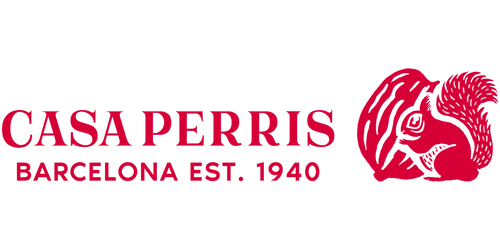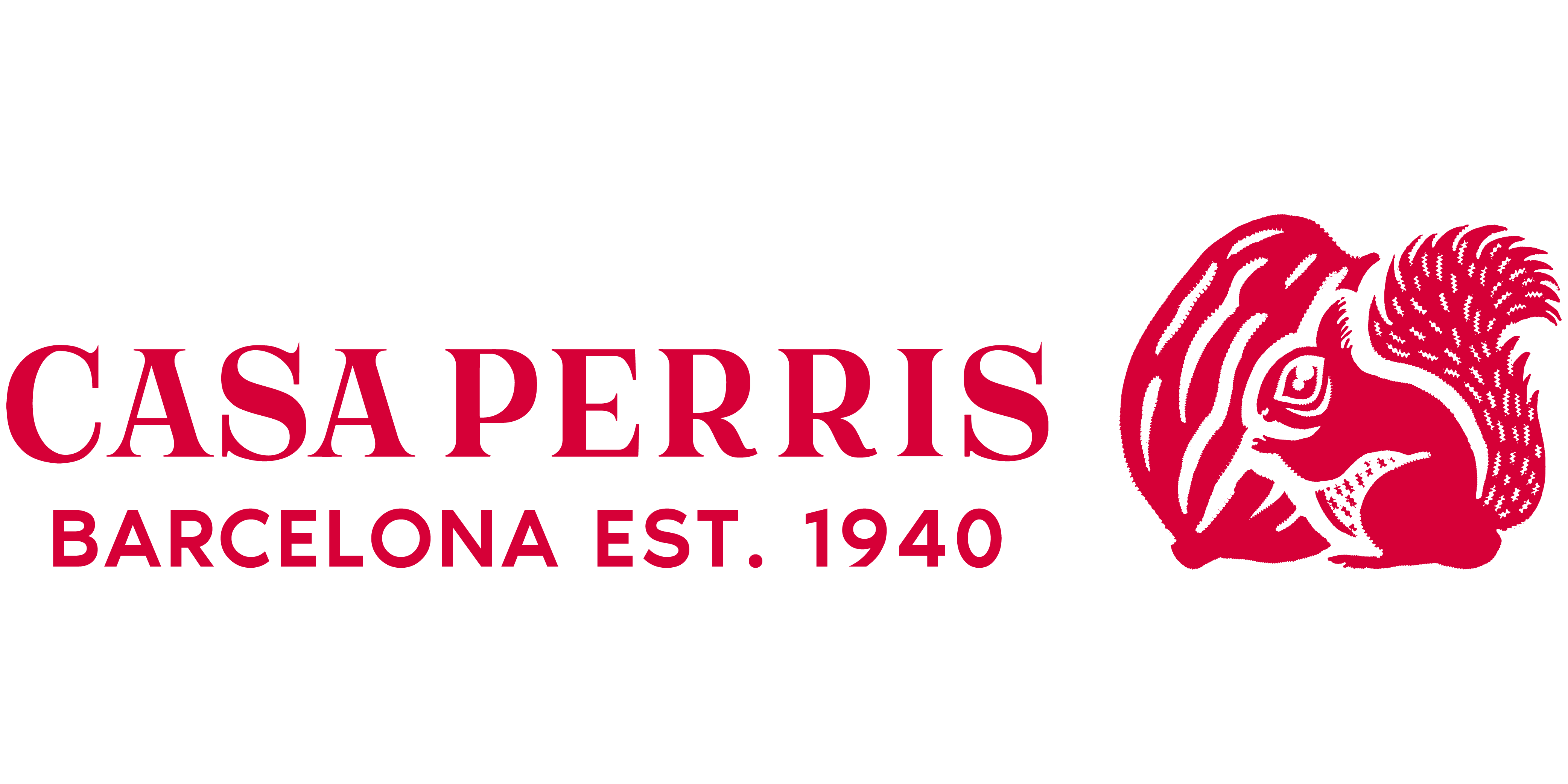Honey is a natural product in principle, manufactured by bees using flowers as raw material to process their nectar. Honey has been used since ancient times for medicinal purposes and to sweeten foods typical of the gastronomy of the time. There are plenty of references, among which we can highlight those made in the Bible, in findings made through Egyptian excavations, and it is even illustrated in cave paintings from prehistoric times.

The uses that have been given to honey have not only been gastronomic, it has also been used in therapeutic, energetic and healing methods. In infusions to relieve sore throats, colds and coughs, it is very popular. Honey is considered a preservative substance that does not expire. So honey has been present for a long time and is also a witness to the evolution and disappearance of civilizations and cultures. However, one is not always faced with the presence of natural honey, there is processed honey and it is always good to know how to identify it. Let's see how. . .
Differences between pure and processed honey
pure honey
Generally, honey when it is pure differs in the characteristic of color. This should be an opaque tone or depending on the regions in which it is made a darker tone due to the different varieties of flowers in the apiaries.
Another fundamental characteristic is the density of the substance; when conditions are of considerable humidity, it may harbor bubbles inside, but its density does not decrease.
Honey when it is pure contains:
- Vitamins (A, C, D, B1, B2, B3, B5 and B6)
- Minerals (magnesium, potassium, calcium, chlorine, sulfur, iron and phosphate)
- Mineral salts
- Amino acids
processed honey
When honey is processed, it undergoes techniques to dilute the substance using solvents that alter its properties. One of the ways in which brands recover their properties is by adding vitamins, minerals and other compounds to the mix. Consequently, an enriched honey must be expressed on the product label, making a clear alteration evident. But, honey does not always carry this label and there are ways in which you can tell if it is natural or processed.
So,
how do we know if honey is processed ?
- Make sure that "glucose" or "fructose syrup" does not appear in its list of ingredients. These are additives frequently used to stretch honey and prevent it from solidifying.
- At home you can subject it to basic tests, for example, place the container containing the honey in warm water, stirring constantly. If you notice that its consistency changes, becoming more liquid, it means that sugars have been added.

- Another of the most common litmus tests is to take the honey with a spoon and turn it over. If it falls off very quickly, it has obviously lost its natural consistency, indicating that it has been processed.
- You can also discover the purity of honey by placing a drop of honey on a paper napkin. If it gets wet, the product has been diluted.
related products
 The uses that have been given to honey have not only been gastronomic, it has also been used in therapeutic, energetic and healing methods. In infusions to relieve sore throats, colds and coughs, it is very popular. Honey is considered a preservative substance that does not expire. So honey has been present for a long time and is also a witness to the evolution and disappearance of civilizations and cultures. However, one is not always faced with the presence of natural honey, there is processed honey and it is always good to know how to identify it. Let's see how. . .
Differences between pure and processed honey
pure honey
Generally, honey when it is pure differs in the characteristic of color. This should be an opaque tone or depending on the regions in which it is made a darker tone due to the different varieties of flowers in the apiaries.
Another fundamental characteristic is the density of the substance; when conditions are of considerable humidity, it may harbor bubbles inside, but its density does not decrease.
Honey when it is pure contains:
The uses that have been given to honey have not only been gastronomic, it has also been used in therapeutic, energetic and healing methods. In infusions to relieve sore throats, colds and coughs, it is very popular. Honey is considered a preservative substance that does not expire. So honey has been present for a long time and is also a witness to the evolution and disappearance of civilizations and cultures. However, one is not always faced with the presence of natural honey, there is processed honey and it is always good to know how to identify it. Let's see how. . .
Differences between pure and processed honey
pure honey
Generally, honey when it is pure differs in the characteristic of color. This should be an opaque tone or depending on the regions in which it is made a darker tone due to the different varieties of flowers in the apiaries.
Another fundamental characteristic is the density of the substance; when conditions are of considerable humidity, it may harbor bubbles inside, but its density does not decrease.
Honey when it is pure contains:



